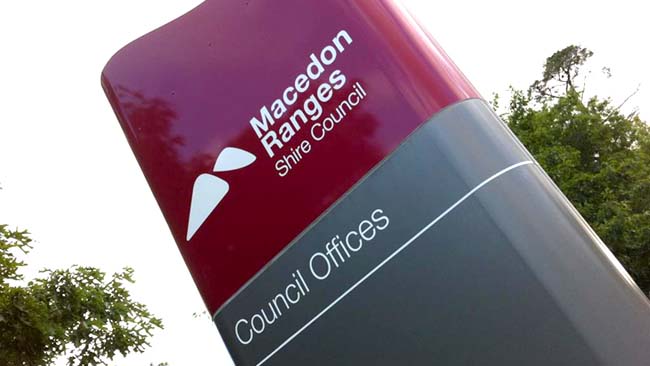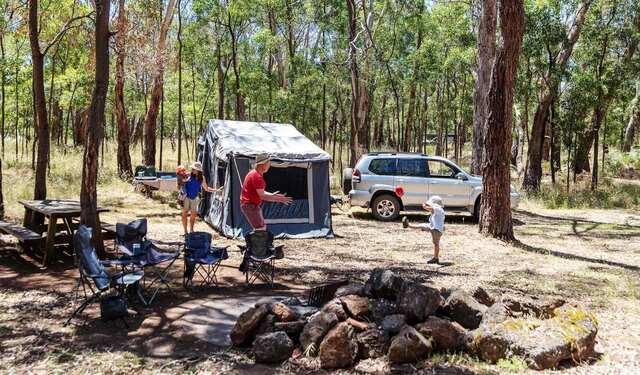An “ambitious” target has been set by Macedon Ranges council to further reduce its environmental footprint, following a push from residents.
The council resolved to strive to zero net carbon emissions by 2030-31 when it adopted the Climate Change Action Plan (2017-2021) last month.
Councillor Mandi Mees, the driving force behind the decision, said there was “unpacked potential” for the council to have less impact on the environment.
“Without an ambitious target we’re just going to sit and not go and pursue these opportunities,” Cr Mees said.
She said achieving zero net emissions would mean “everything council does is powered by renewable energy sources and the impact of council activities on our environment is zero”.
Cr Mees said the council, with the community, should work towards reducing reliance on fossil fuels and towards being self-sufficient through renewable energy.
She said this would also “deliver ongoing savings for the community and the council” by reducing “exposure to the fluctuating prices of fossil fuels”.
As “the lungs of Melbourne,” Cr Mees said a mindset shift was vital for the Macedon Ranges – in both the council and the community.
“We need to make sure that in everything we do we are considering our impact on our environment.”
Cr Mees suggested the council set a target of zero net carbon emission by 2030-31 following public feedback on its draft Action Plan, which proposed a goal of reducing emissions by 25 per cent by 2020-21, compared to the 2014-15 baseline levels.
More than 120 online responses and 10 written submissions in response to the draft plan called for a more ambitious emissions target. The council amended the target to a 50 per cent reduction by 2026-27 when it adopted the plan.
Council officers will present council with the proposed costs and resources required to achieve zero net emissions by 2030-31 in October.
The council has begun replacing about 1700 streetlights with energy efficient LEDs, which it expects to reduce about 680 tonnes of CO
2 greenhouse gases and $128,000 in energy costs each year over the 20-year life of the lights.







